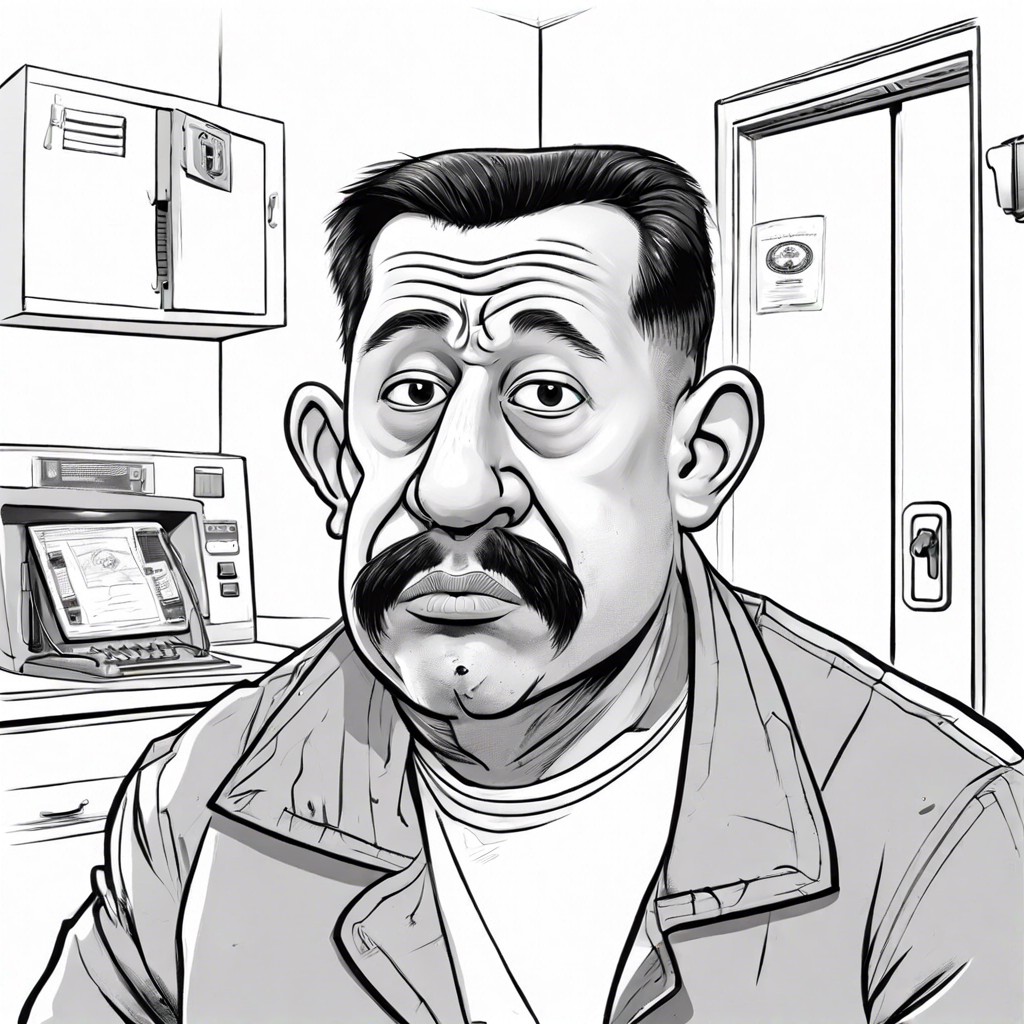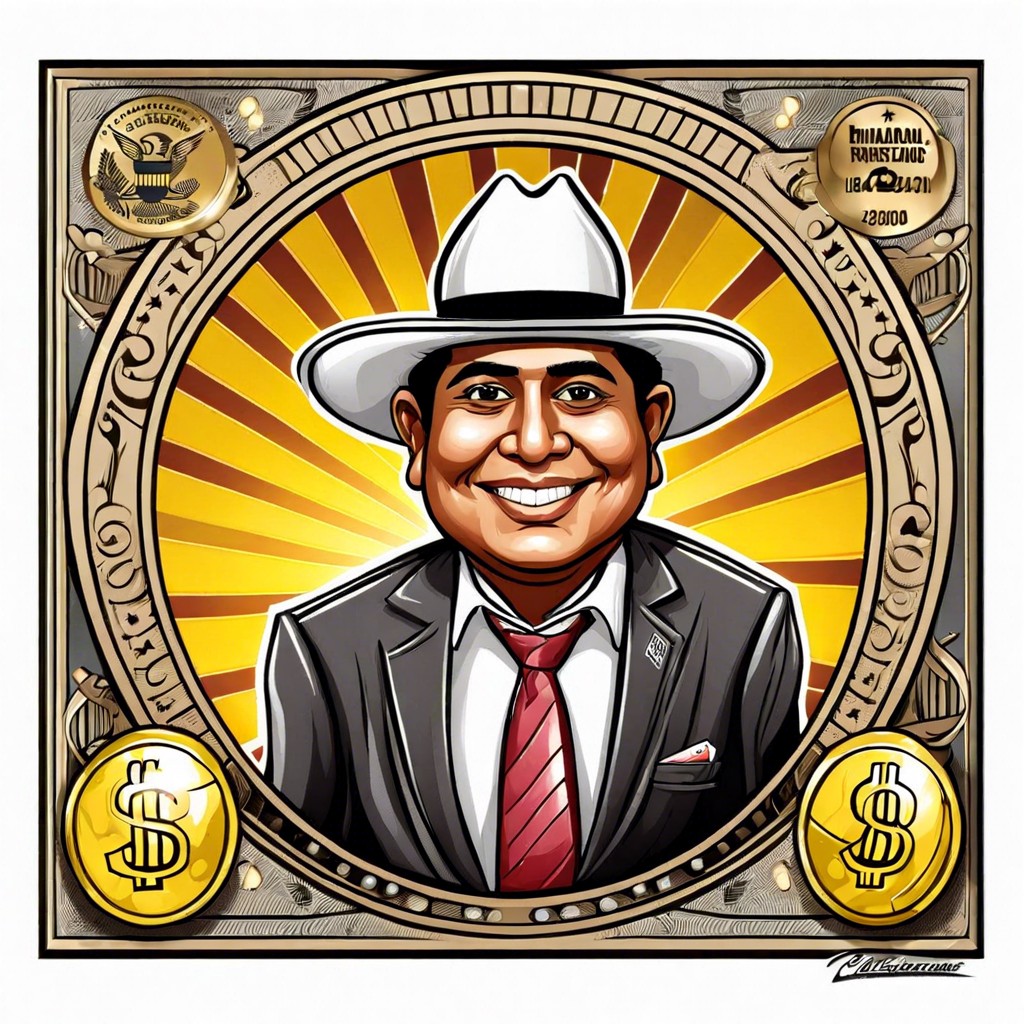When one conjoined twin dies, the survival and medical situation for the living twin becomes extraordinarily complex, often requiring immediate and specialized intervention.
Picture this: one conjoined twin tragically passes away, leaving the survivor grappling with immediate medical emergencies and impossible decisions. You might think it’s straight out of a medical drama, but for some, it’s a sobering reality. Dive into the whirlwind of surgical dilemmas, emotional havoc, moral quandaries, and legal puzzles faced by these extraordinarily tethered individuals. We’re here to unravel every facet, sparing no detail—grab your popcorn, this one’s a rollercoaster.
Key takeaways:
- Immediate medical complications: Blood circulation, organ failure, toxins.
- Surgical separation challenges: Rush for time, shared organs, anesthesia.
- Emotional impact: Grief, identity crisis, societal pressures.
- Legal considerations: Autonomy, consent, quality of life.
- Long-term health implications: Organ stress, immune challenges, phantom pain.
Immediate Medical Complications for the Surviving Twin

When one conjoined twin passes away, the clock starts ticking. The living twin faces immediate and serious medical issues. Imagine your roommate’s half of the kitchen catching fire—you’d want to do something fast, right? Blood circulation and organ failure are immediate threats.
First, there’s the issue of shared organs. If they share a liver, any infection from the deceased twin can spread rapidly. Think of it as a super-highway for bacteria. Yikes, right?
Second, there’s the problem of interconnected blood vessels. The surviving twin could suffer from blood pressure drops or clots. Not fun.
Lastly, toxins from tissue decay can start to poison the surviving twin. Your body’s biochemistry becomes a chaotic mess, making it paramount to act swiftly. Speed is life in this scenario.
Surgical Separation Challenges and Risks
Now, onto the nitty-gritty. First up, the tricky tango of separating conjoined twins post-mortem isn’t for the faint-hearted, nor the faint-scalpeled. Picture a game of Operation but with life-and-death stakes.
Time is a huge factor. Surgeons must race against the clock, as the deceased twin’s body can begin to affect the surviving twin—think toxins and infections, but way less cool than it sounds.
Then there’s the issue of shared organs. If the twins share vital organs like the heart or liver, the surgical team must figure out how to reroute blood vessels and tissue. Imagine MacGyver making a life raft out of paper clips, but with way more pressure.
Anesthesia is another stumbling block. Managing pain for one twin while the other is no longer in the picture complicates the use of anesthesia. It’s like trying to bake a cake with one hand dipped in super glue.
Finally, post-surgery recovery can be brutal. The surviving twin faces a long road to healing, both physically and emotionally. Just when you thought it was safe to take a nap, the recovery roller-coaster demands another loop-the-loop.
Navigating these waters requires a multidisciplinary team—surgeons, anesthesiologists, and like ten other “ologists” you didn’t know existed.
Emotional and Psychological Impact On the Surviving Twin
Imagine waking up one morning to find not just your sibling, but your literal other half gone. It’s not just a matter of losing family; it’s a crisis of identity. The surviving twin may grapple with feelings of incompleteness, as if they’ve lost part of their own self.
It’s not just about the emotional heartache. Growing up conjoined means a shared life. Suddenly, routines, hobbies, and even simple daily tasks become uncharted territory. Think about it: solo cereal eating might become an unexpected challenge and that’s just breakfast!
There are layers to this grief. There’s the immediate shock, followed by a prolonged period of readjustment. Psychologically, it can feel like being untethered—a deeply unsettling experience. Support from mental health professionals is essential, but how do you find a therapist specializing in conjoined twin dynamics? Yep, ultra-niche therapy sessions, here we come.
Oh, and let’s not overlook societal pressures. Explaining your situation to others? Frequently awkward. People might never understand the magnitude of this loss, adding a sense of isolation to the mix. Ultimately, the surviving twin faces a journey to reclaim their own individual identity. It’s a long trek, filled with emotional landmines, but with the right support, they can navigate their new world.
Legal and Ethical Considerations
Navigating the legal and ethical minefield can be trickier than finding a needle in a haystack. Firstly, there’s the matter of autonomy. Who makes medical decisions for the surviving twin if one guardian wants separation but the other doesn’t? It’s like trying to decide which side of a coin is luckier.
Then there’s consent. In many cases, conjoined twins share vital organs, making separation complex. Medical professionals must weigh the risks, benefits, and who gets the final say. It’s like trying to split an ice cream cone perfectly in half—impossible and incredibly messy.
Ethically, the situation is no less complicated. The surviving twin’s quality of life becomes a pivotal concern. Medical teams often face heart-wrenching choices, balancing life, death, and the morality of drastic interventions. Imagine playing a high-stakes game of chess, except every move involves real lives.
In some jurisdictions, legal ownership of shared organs can spark debates that even Solomon would struggle to resolve. And don’t even get started on the insurance paperwork. The rules here are murkier than a foggy night in London.
Long-term Health Implications for the Surviving Twin
Over time, the surviving twin might face a myriad of health issues. Organ stress is one major concern, especially if vital organs were shared or closely linked. Imagine an engine running on only half its cylinders—that’s the predicament.
Immune system challenges can arise too. The body gets a bit puzzled when it’s spent years accommodating another person. Suddenly, it’s a solo act and not all systems might handle the change gracefully.
Phantom pain is another spooky twist. The brain might send signals to limbs that aren’t there anymore. It’s like getting calls from a number you’ve blocked—confusing and irritating.
Regular medical check-ups become essential. Treatments or therapies might be required frequently. Think of it as a health maintenance schedule, just way more intense than usual.
The body might also need more rest and recovery periods. A bit like switching a car from diesel to unleaded fuel; adjustments must be made, and it takes a toll.
Adapting to physical challenges and health fluctuations becomes a lifetime journey. It might be exhausting but is often bolstered by medical advancements and a supportive environment.




